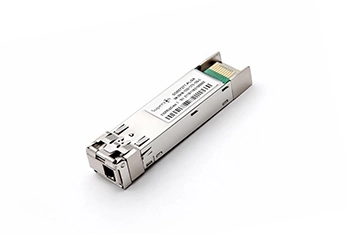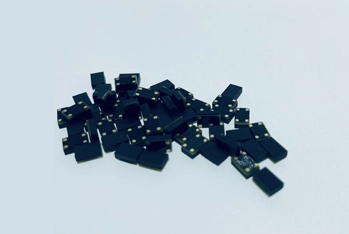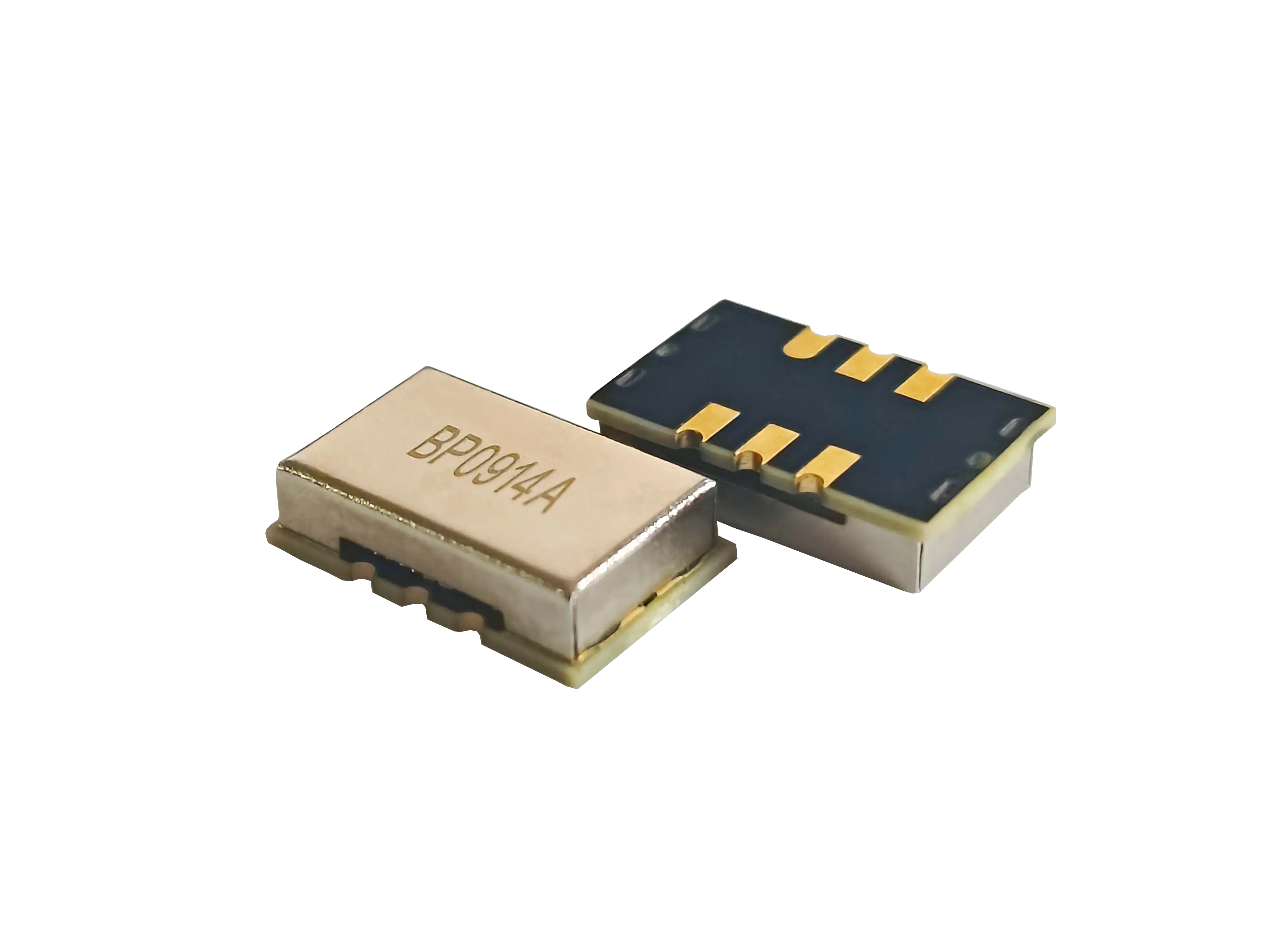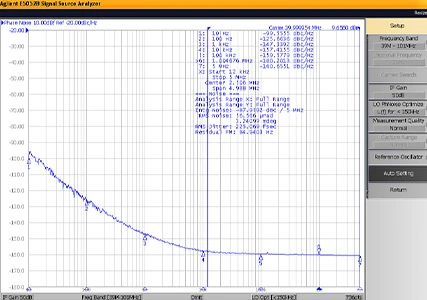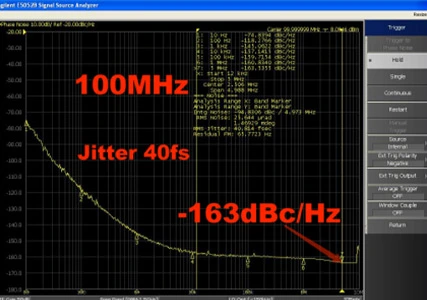When it comes to precision timing solutions, XtalTQ's SMD OCXO (Surface-Mount Device Oven-Controlled Crystal Oscillator) stands out due to its excellent performance and reliability. One of the most critical aspects we engineers constantly contend with is phase noise, which can significantly impact the effectiveness of electronic systems. Today, we will delve into various techniques to reduce phase noise in SMD OCXOs and ensure superior system performance.
Phase noise is essentially the frequency stability of a signal in the frequency domain and is a critical metric for assessing the performance of any crystal oscillator, including smd crystal oscillators. High phase noise can degrade performance in communication systems, radar systems, and precise measurement instruments. Reducing phase noise is essential for improving the overall functionality of these systems.
Quartz crystals are the heart of any OCXO. For XtalTQ's crystal oscillators, the use of high purity and quality quartz crystals significantly reduces phase noise. The intrinsic quality of the quartz material, including its cut and mode of operation, directly affects the stability of the oscillator. The choice of SC-cut or AT-cut crystals enhances resilience to temperature variations and mechanical stresses, thus reducing phase noise.
Thermostatic crystal oscillators utilize a thermostatic bath to keep the temperature of the quartz crystal resonator in the crystal oscillator constant, minimizing the amount of change in the oscillator output frequency caused by changes in the surrounding temperature.OCXO is composed of a thermostatic bath control circuit and an oscillator circuit. Usually, a differential series amplifier consisting of a thermistor “bridge” is used to realize temperature control. Since the oscillation frequency of the crystal oscillator will change with the temperature, in order to maintain the stability of the frequency, the crystal oscillator will be controlled to operate at a constant temperature to improve the phase frequency characteristics of the crystal oscillator.
Reasonable circuit design and layout is the key to minimize OCXO phase noise. Isolating the oscillator circuitry from noisy power supplies and using low-noise power regulators can significantly reduce phase noise. In addition, minimizing parasitic inductance and capacitance in the board layout also prevents unwanted noise pickup. xtalTQ employs high quality, low noise components and optimized circuit design techniques in its products to ensure phase noise reduction.
Using a good quality power supply is a non-negligible operation to reduce phase noise. Because fluctuations and noise in the power supply can directly translate into phase noise in the oscillator and affect the stability of its signal output, XtalTQ's OCXOs benefit from a low output noise and high stability power supply. This can be further mitigated by using a low dropout regulator (LDO) and a robustly designed power filtering solution.
Not only is electrical noise a primary concern, but mechanical vibration can also cause phase noise in OCXOs. To address this issue, XtalTQ employs mechanical isolation to shield the crystal and its case from external vibration. This may involve placing the oscillator in a vibration-damped enclosure or mounting the crystal with vibration-damping material.
Reducing phase noise in OCXOs is a multifaceted challenge that requires attention to crystal quality, temperature control, circuit design, power supply, and mechanical isolation. xtalTQ's commitment to excellence in each of these areas ensures that its SMD crystal oscillators deliver unparalleled performance. By integrating these technologies, engineers can achieve better signal integrity and system reliability in their applications.
By focusing on these areas, XtalTQ continues to push the limits of OCXO to provide industry-leading solutions for the most demanding technical applications.
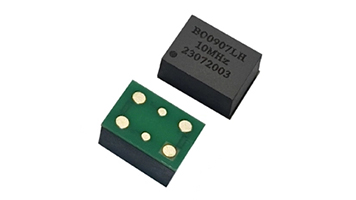
 English
English français
français Deutsch
Deutsch Español
Español русский
русский


